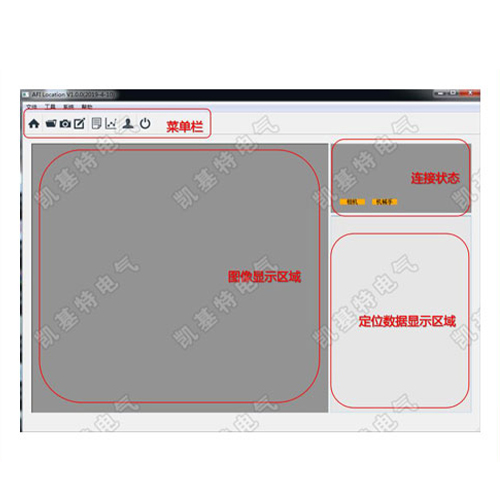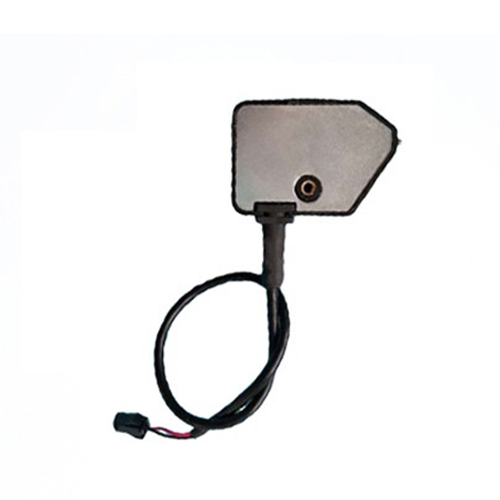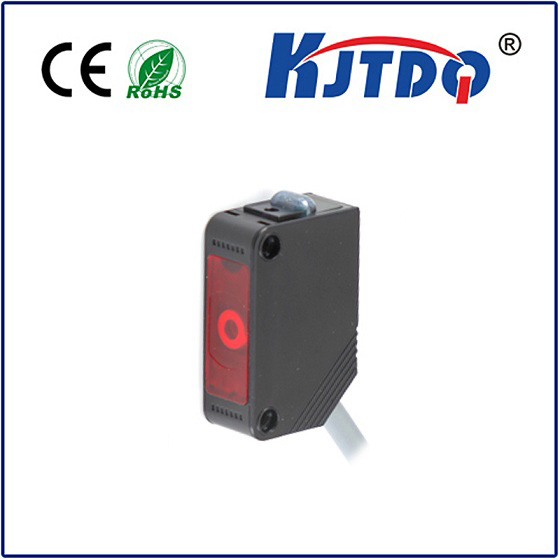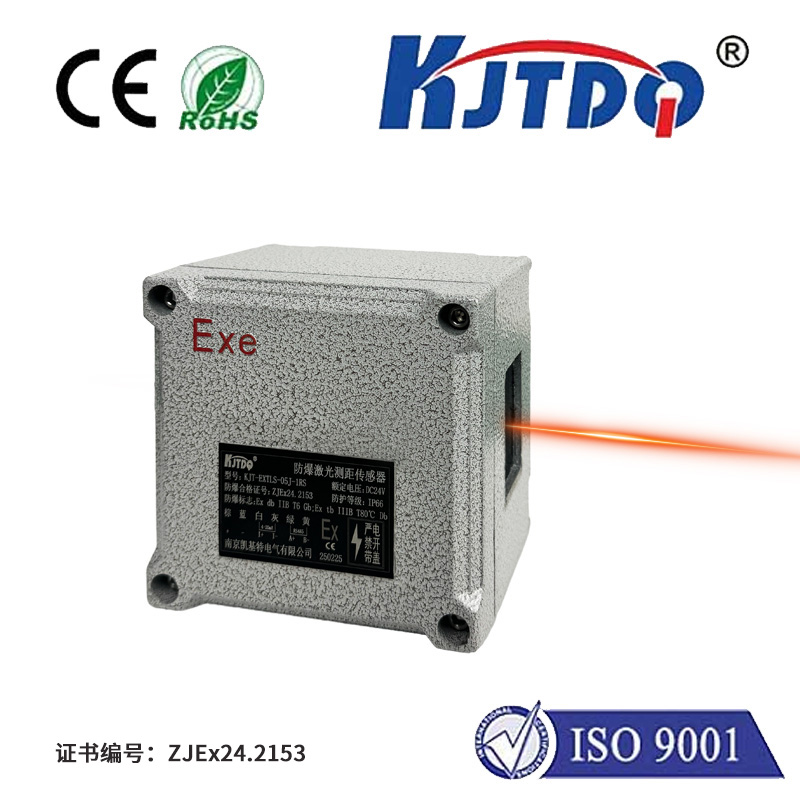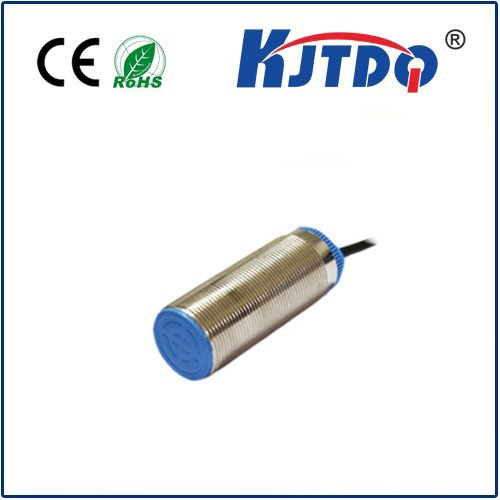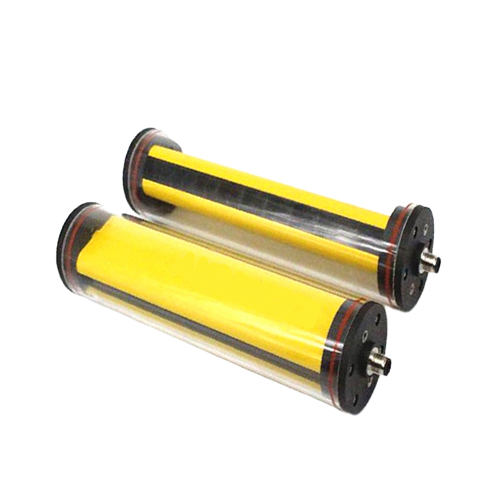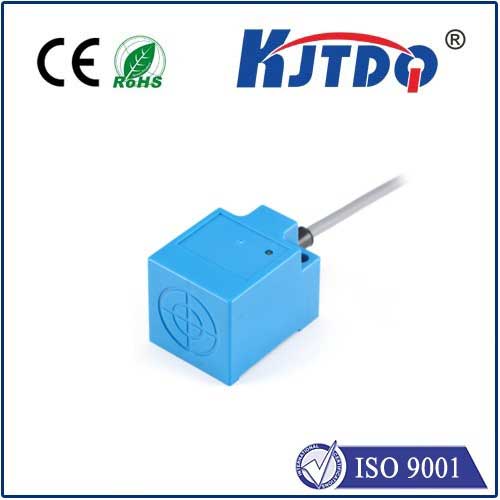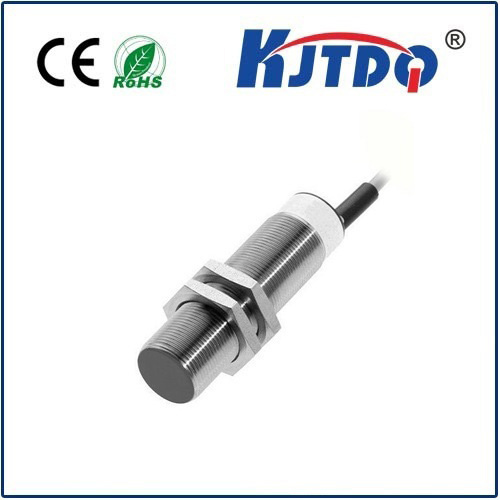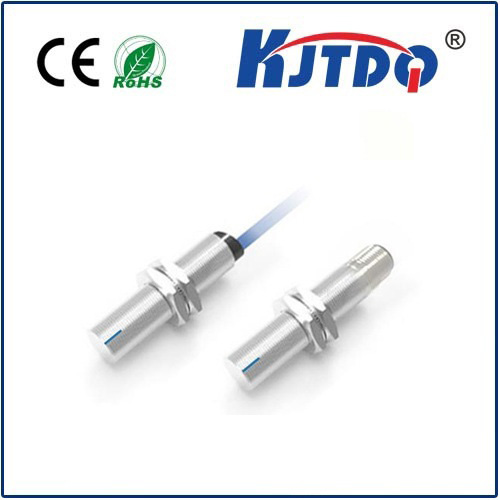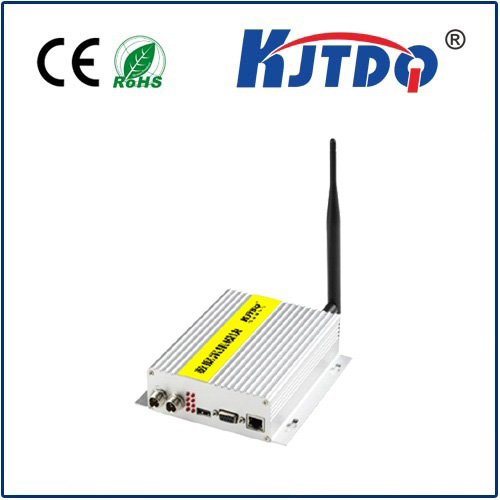

check

check

check

check
Imagine a world where a single miscalculation in high-pressure environments could lead to catastrophic failures, costing millions and risking lives. That’s the reality in industries like oil and gas, manufacturing, and heavy machinery, where precision isn’t just a luxury—it’s a necessity. Amid this demanding landscape, the BES05K7 high pressure proximity sensor emerges as a game-changer, revolutionizing how machines detect objects without physical contact. This innovative sensor isn’t just another device; it’s a linchpin for safety and efficiency, designed to thrive under extreme pressures that would cripple ordinary sensors. As we delve into its capabilities, we’ll explore why it’s becoming indispensable for modern industrial automation.
The BES05K7 high pressure proximity sensor stands out by excelling in environments where standard sensors falter. Its core function is detecting nearby objects, or “proximity,” through non-contact methods like inductive or capacitive technology. What sets it apart is its ability to operate reliably under pressures exceeding 500 bar—conditions common in hydraulic systems, underwater equipment, and aerospace applications. Unlike generic models, the BES05K7 features reinforced housing made from corrosion-resistant materials like stainless steel, ensuring longevity even in abrasive settings. This durability is backed by a wide operating temperature range, from -40°C to 120°C, making it adaptable to everything from Arctic rigs to desert factories. Such robustness directly translates to reduced downtime and maintenance costs, as users report fewer replacements and failures over time. Naturally, this explains its growing adoption; for instance, in the energy sector, it’s replacing older sensors that often succumbed to pressure fluctuations.

Diving into its operational mechanics, the BES05K7 proximity sensor employs advanced electromagnetic fields to detect metallic or non-metallic objects within a preset range. When an object enters this field, it induces a change in the sensor’s output signal, triggering alerts or automated responses—all without physical interaction. This not only minimizes wear and tear but also enhances safety. The high-pressure aspect is crucial, as it incorporates a sealed design to withstand internal and external stresses, preventing leaks that could compromise systems. Industry experts often highlight its exceptional signal stability, which reduces false alarms and ensures accurate readings even in chaotic settings. For example, on assembly lines handling volatile materials, this reliability prevents costly shutdowns by enabling real-time monitoring. Moreover, the sensor’s compatibility with PLCs (Programmable Logic Controllers) and IoT platforms allows seamless integration into existing setups, fostering smarter, data-driven decisions.
Applications of the BES05K7 high pressure proximity sensor span diverse sectors, underscoring its versatility. In automotive manufacturing, it powers robotic arms that require pinpoint accuracy to position components under high hydraulic pressures—a task where errors could lead to production halts. Similarly, in subsea exploration, this sensor monitors equipment depths, safeguarding against pressure-induced failures that endanger crew and assets. Its role in enhancing worker safety is paramount; by detecting hazards early, it prevents accidents in confined spaces or high-risk zones. Case studies reveal savings of up to 30% in operational costs for companies adopting it, as its long lifecycle offsets initial investments. Why choose this model over alternatives? The answer lies in its optimized power efficiency and compact size, which allow installation in tight spaces without sacrificing performance. Compes may offer proximity sensors, but few match the BES05K7’s blend of pressure resilience and precision, making it a top pick for engineers prioritizing dependability.
Beyond technical specs, the advantages of integrating this sensor revolve around sustainability and cost-effectiveness. Reduced energy consumption stems from its low-power electronics, aligning with green initiatives while cutting utility bills. Additionally, its minimal calibration needs mean less skilled labor is required for upkeep, freeing up resources for innovation. As industries evolve toward Industry 4.0, the BES05K7 serves as a foundational element, enabling predictive maintenance through consistent data flows. Ultimately, its value isn’t just in detection—it’s in transforming high-pressure challenges into opportunities for seamless automation, proving that in the quest for perfection, this sensor is an unsung hero.
